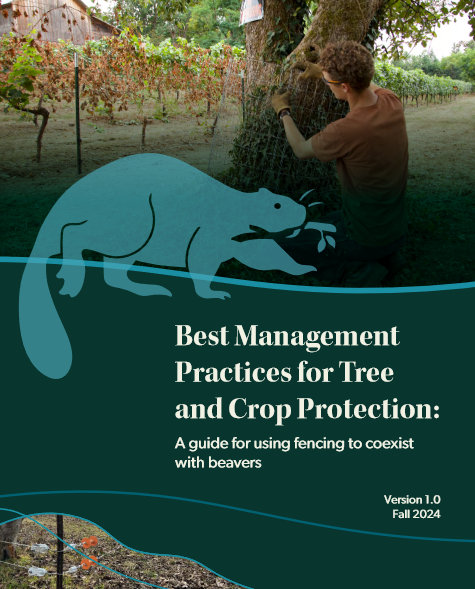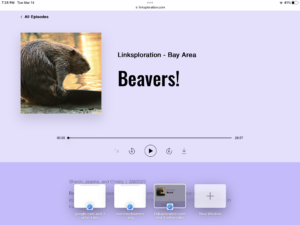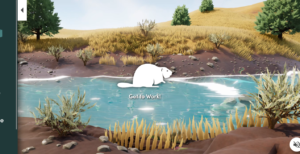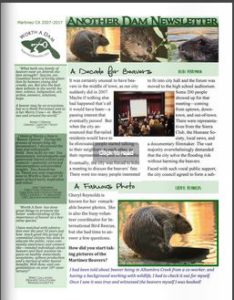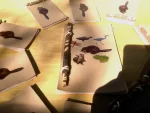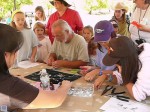The salmon suit was ALL over the news yesterday. I was thrilled to see it even made the radio in Oregon. Yesterday CBD actually had a matching donor so all the money that came in from the news was doubled! I didn’t even realize it the announcement was cleverly timed to match the beaver moon which was apparently strongest in the wee morning hours last night. Everything about this must have gotten wildlife services attention. Lets see where this goes!
More treats to follow, because this wonderful letter by Connie Poten of Missoula Montana just ran yesterday in the Independent Record. Connie is the secretary of Footloose Montana, and writes a powerful letter. It has a few things that need tweaking but my goodness it even has a NEW FACT THAT I LOVE. And that so rarely happens anymore.
Let beavers work to prevent fires
Gifford Pinchot, the first chief of the Forest Service, called beavers this term is blocked. [Editors note: the name she writes he called them is very cool but not as yet unconfirmed by the forest service or Pinchot scholars so for now consider it cloaked.] Tens of millions of beavers created vast wetlands in North America, nourishing Native Americans, fish, wildlife, forests and meadows with life-giving water. Then came the European fur trappers, and in less than 50 years, Montana had no more beavers at all. Eastern Montana dried up as a result. Finally, beavers were reintroduced to recharge aquifers gone dry and save water from draining away.
Starting July 7 with the Crow Rock fire near Miles City, Montana turned into an inferno. The Lodgepole Complex fire burned 400 square miles. Montana became the epicenter of drought — the hottest and driest summer on record —and got smothered in smoke. By Sept. 11, more than 1 million acres had burned. Animals burned alive and died from smoke inhalation; a coyote was seen with a leg burned off. Seeley Lake was plunged into toxic darkness for six weeks. Montana’s tourism industry shut down in much of the state. Hundreds were evacuated and homes burned. Two firefighters died.
We now face the cost of fighting these fires. Farmers lost $400 million in crops, ranchers were hit hard and the tate budget is spiraling downward. It doesn’t have to be this bad. We could make a small change that would help contain fires. We could eliminate recreational trapping of beavers.
Beavers create ecosystems. They build dams that hold ponds and restore streams, wetlands and floodplains. They turn hardpan into rich soil. They supply water for municipalities, irrigation and wildlife. Seasonal streams flow year-round and groundwater is stored, thanks to beavers. Beaver wetlands act as firewalls, mitigating forest fires. Firefighters use water from the ponds. When beavers gnaw down cottonwood trees, they spur more growth — cottonwoods thrive on disturbance.
As warming temperatures threaten cold-water fish like trout and coho salmon, the cold water at the bottom of beaver ponds makes a perfect habitat for juvenile fish. Beaver ponds nurture grasses, trees and shrubs, creating nesting sites and food for songbirds, forage for game animals and most species. Beaver ponds improve water quality too, by reducing sediments and pollutants.
In a time of accelerating climate change, drought and fire, we need beavers more than ever. They work for free and restore our precious water. What are we waiting for? End recreational beaver trapping now. Let our beavers go to work.
Isn’t that an AWESOME letter? Connie deserves all our praise. She even talked about Skip Lisle and beaver deceivers! No wonder Footloose Montana is so successful since even its secretary can deliver a powerful lesson with a pen. I love the quote about beavers being “water factories”. You know I’ll be tucking that away to share sometime in the future!
Una familia de castores ‘monta’ su casa en la cuenca del Ebr
Another delight was sent by Duncan Haley of Norway yesterday but the beaver world was TOO busy to share. This is an article about beavers in Spain that were supposedly introduced without permission. (Duncan swears the accusation is legit and because he has inside information so I trust him.) The article is in Spanish but use google translate if you want to read some really amusing beaver misunderstandings! The farmer has been watching the beaver activity using a night cam. I was especially interested in the interaction between the beaver and this Genet so I clipped that short interchange. It is easily the likely the most delightful beaver moment I will ever post here. I especially love the moment when the Genet waits to see if the beaver is following. Enjoy.
Don’t you think they play that every night? If you, like me, find yourself suddenly wondering what a Genet is, Duncan explained “Like a cross between a marten and a cat with spots like a leopard and a long ring tail”
Wow. Doesn’t that sound amazing? Here’s one in the color.





 The entire document is well prepared with a few jarring exceptions. It has the requisite shocking photos of dead beavers in traps or piled on trucks (which won’t do much in court), and isn’t careful about language enough for my tastes. (That paragraph alone spells “ensure” two ways without explanation) but its a HUGE shot across the bow, and every one from Michael Pollock to Ann Riley to Michael Callahan wrote me VERY interested in this yesterday. The reference section is thorough, indeed.
The entire document is well prepared with a few jarring exceptions. It has the requisite shocking photos of dead beavers in traps or piled on trucks (which won’t do much in court), and isn’t careful about language enough for my tastes. (That paragraph alone spells “ensure” two ways without explanation) but its a HUGE shot across the bow, and every one from Michael Pollock to Ann Riley to Michael Callahan wrote me VERY interested in this yesterday. The reference section is thorough, indeed.






 The city of Bozeman and the U.S. Forest Service began talking about tearing out the dam in late August. A news release sent out Wednesday said the dam is “large enough to create a public safety concern downstream due to increased water volume in the lake.”
The city of Bozeman and the U.S. Forest Service began talking about tearing out the dam in late August. A news release sent out Wednesday said the dam is “large enough to create a public safety concern downstream due to increased water volume in the lake.”






